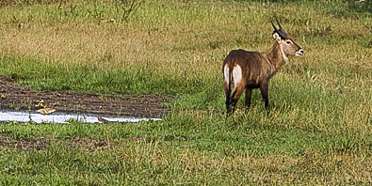
Safari Tours to Akagera NP
-
![6-Day Rwanda Wildlife Safari and Cultural Vacation Tour]()
6-Day Rwanda Wildlife Safari and Cultural Vacation Tour
$2,193 pp (USD)
Rwanda: Private tourLodge & Hotel
You Visit: Kigali (Start), Kigali Airport (Kigali), Akagera NP, Volcanoes NP (Gorillas), Lake Kivu, Kigali (End)

Hermosa Life Tours and Travel
5.0/5 – 102 Reviews
-
![7-Day Wildlife and Gorillas of Rwanda]()
7-Day Wildlife and Gorillas of Rwanda
$9,100 to $12,220 pp (USD)
Rwanda: Private tourLodge & Tented Camp
You Visit: Kigali (Start), Akagera NP, Volcanoes NP (Gorillas), Kigali (End)

Discover Africa Safaris
4.9/5 – 420 Reviews
-
![3-Day Rwanda Akagera Mid-Range Breathtaking Tour]()
3-Day Rwanda Akagera Mid-Range Breathtaking Tour
$990 to $1,210 pp (USD)
Rwanda: Private tourLodge & Hotel
You Visit: Kigali (Start), Akagera NP, Kigali Airport (End)

Kubwa Five Safaris
5.0/5 – 122 Reviews

 Rwanda Parks
Rwanda Parks








